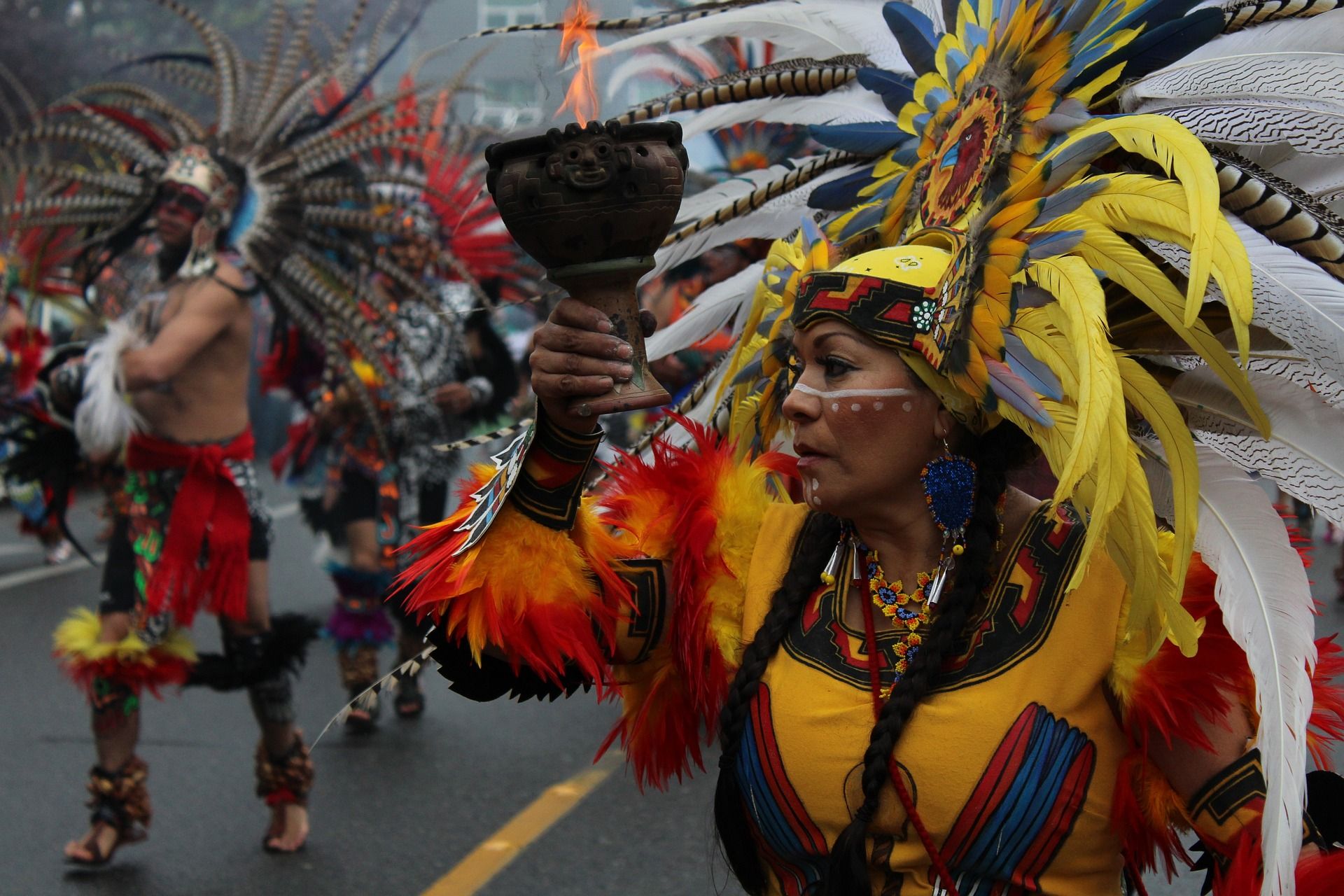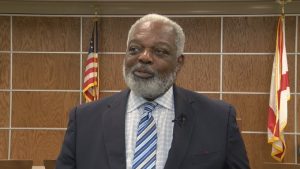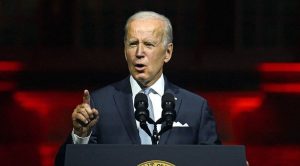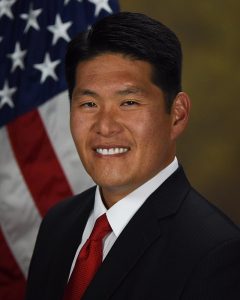Indigenous Peoples’ Day was created in lieu of Columbus Day to honor indigenous peoples’ cultural histories and their tribal origins.
Meanwhile, Columbus Day was marked to remember the anniversary of Christopher Columbus and his armada of Spanish explorers’ arrival in the Americas back in the 16th Century.
Last year, US President Joe Biden issued the first presidential proclamation of Indigenous Peoples’ Day, bringing the holiday celebrated in cities and states across the United States to a new level of national attention.
The proclamation, however, does not make it a federal holiday – which necessitates Congress passing legislation enshrining the day in the US calendar of federally recognized holidays.
Also Read: Indigenous Peoples’ Day: History and significance
President Biden said in a statement issued on Friday that this year’s holiday, Indigenous Peoples’ Day, is destined to “honor the sovereignty, resilience, and immense contributions that Native Americans have made to the world.”
He stated that he wishes to honor Native Americans and their contributions to American society, as well as their horrific past of discrimination and ethnocide. He also issued a proclamation to still recognize today as Columbus Day, a federal holiday since 1937.
Also Read: Why is Indigenous Peoples’ Day celebrated?
But he added that “we have more to do to help lift Tribal communities from the shadow of our broken promises, to protect their right to vote and to help them access other opportunities that their ancestors were long denied.”
Indigenous Peoples’ Day was first recognized as a national holiday in 1934 by President Franklin D. Roosevelt. South Dakota was the first state to celebrate Native American Day in 1990.
Over the years, more states have followed South Dakota’s lead, with nearly a score observing Indigenous Peoples’ Day solely or in accordance with Columbus Day. Alabama, Alaska, Arizona, Hawai’i, Idaho, Iowa, Louisiana, Maine, Michigan, Minnesota, New Mexico, North Carolina, Oklahoma, Oregon, Vermont, Virginia, and Wisconsin are among them.






